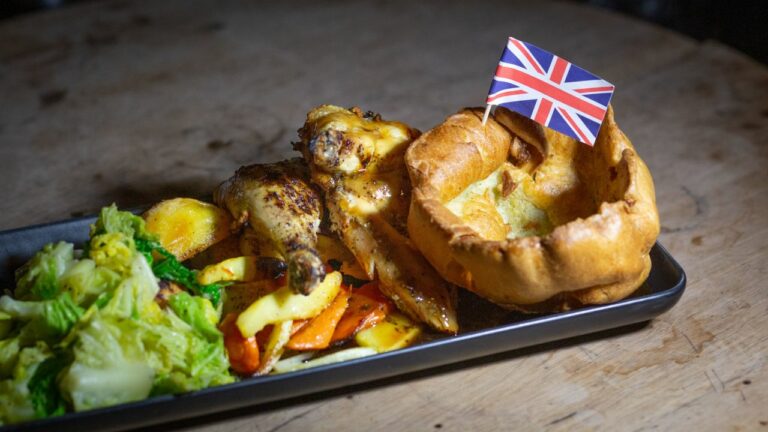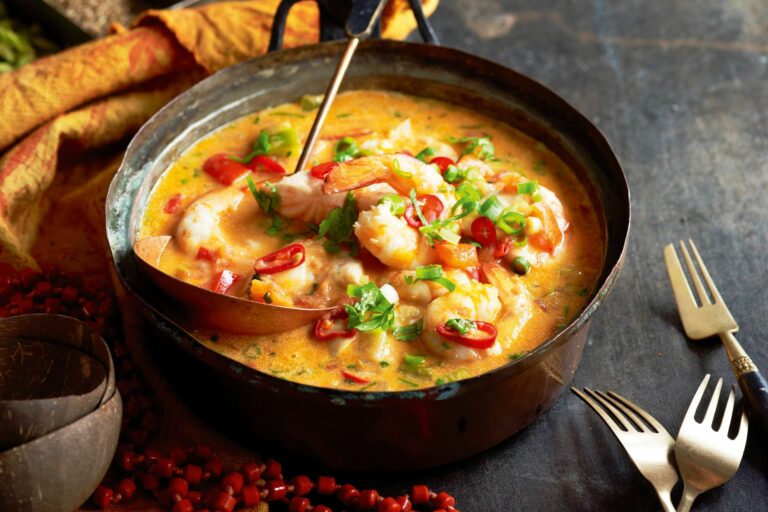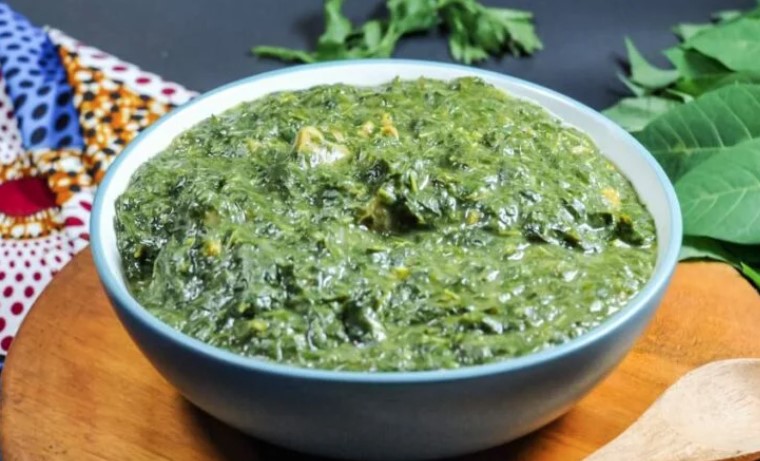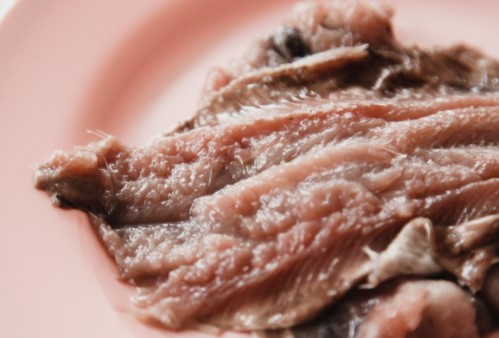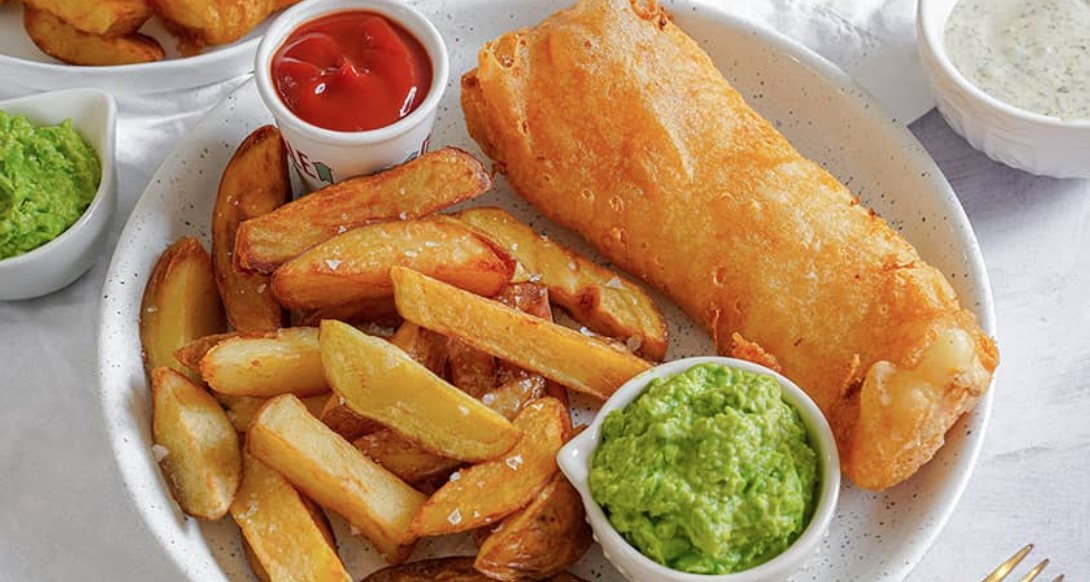Introduction: Estonian cuisine and its specialties
Estonian cuisine is a reflection of the country’s history and geography, with influences from neighboring countries such as Russia, Sweden, and Germany. The cuisine is characterized by the use of local and seasonal ingredients, particularly grains, potatoes, and dairy products. Estonian cuisine is also known for its smoked and cured meats, as well as its seafood dishes.
Fish in Estonian history and culture
Fish has played an important role in Estonian history and culture, dating back to the time of the ancient Livonians, who were skilled fishermen and traders. Fish was a staple food for many Estonian coastal communities, and it was often preserved through smoking and pickling to ensure a steady supply throughout the year. Fishing also played a significant role in the development of trade and commerce in Estonia, with fish being a valuable commodity that was traded throughout the Baltic region. Nowadays, fish remains an important part of Estonian cuisine and culture, with a variety of traditional dishes and preparation methods still in use.
Traditional methods of preparing fish in Estonia
Smoking and pickling are still common methods of preserving fish in Estonia, with smoked fish being particularly popular. Smoked fish is typically made using local varieties such as sprats, herring, and salmon, and is often served with rye bread and butter. Another traditional method of preparing fish is to salt it, which helps to preserve it for longer periods of time. Salted fish is often used in soups and stews, and is also a popular ingredient in traditional Christmas dishes.
Popular fish dishes in Estonian cuisine
Fish is a common ingredient in many Estonian dishes, with some of the most popular being fried or breaded fish, fish stew, and fish pie. One of the most well-known Estonian fish dishes is “kiluvõileib”, a sandwich made with smoked sprats, butter, and sliced onion on rye bread. Other popular fish dishes include “heeringas hapukoorega”, which is herring in sour cream sauce, and “õngitsejatele”, a fisherman’s soup made with a variety of fish and vegetables.
The role of fish in Estonian festivals and celebrations
Fish plays an important role in many Estonian festivals and celebrations, particularly during holidays such as Christmas and Midsummer’s Eve. Traditional Christmas dishes often include salted or pickled herring, while Midsummer’s Eve is celebrated with a feast of grilled or smoked fish, along with other traditional foods such as potato salad and strawberries.
Fishing and sustainable seafood in Estonia
Fishing is an important industry in Estonia, with a long history of sustainable fishing practices. The country has strict regulations in place to ensure that fish stocks are not depleted, and that fishing is done in an environmentally responsible manner. Estonia is also a member of the Marine Stewardship Council, an international organization that promotes sustainable fishing practices and certifies seafood that comes from well-managed fisheries.
The economic importance of fish in Estonia
Fish is an important part of the Estonian economy, with the fishing industry contributing to both the domestic and export markets. The country’s location on the Baltic Sea makes it a prime location for fishing, with a variety of species such as herring, sprats, and salmon being caught and processed for sale. The fishing industry also provides employment for many people, particularly in coastal communities.
Conclusion: The significance of fish in Estonian cuisine
Fish is a vital part of Estonian cuisine and culture, with a long history of traditional preparation methods and dishes. The role of fish in Estonian festivals and celebrations highlights its importance to the country’s identity and heritage. The sustainable fishing practices and economic importance of the industry further emphasize the significance of fish in Estonian cuisine.



